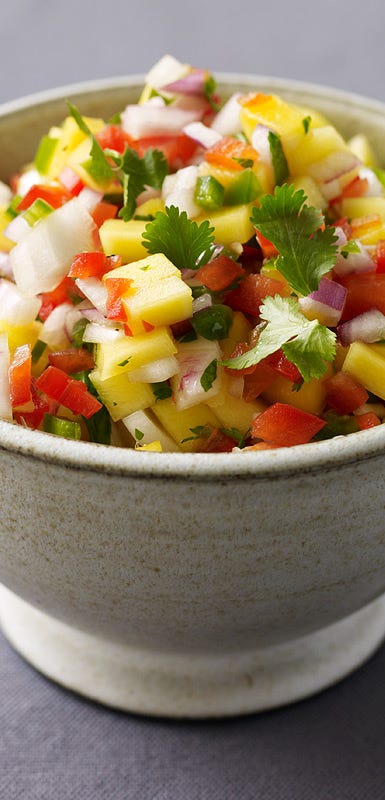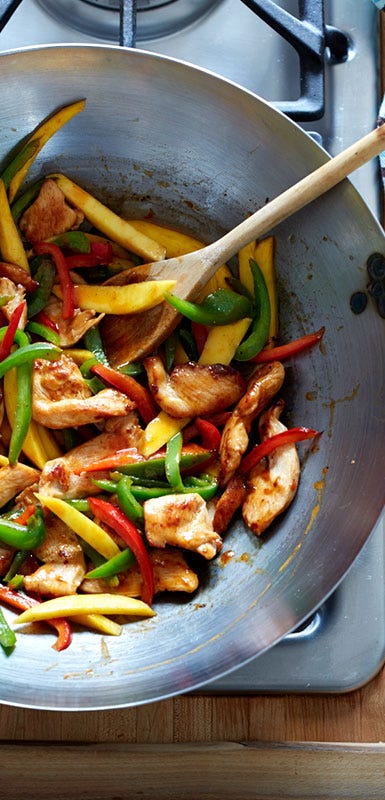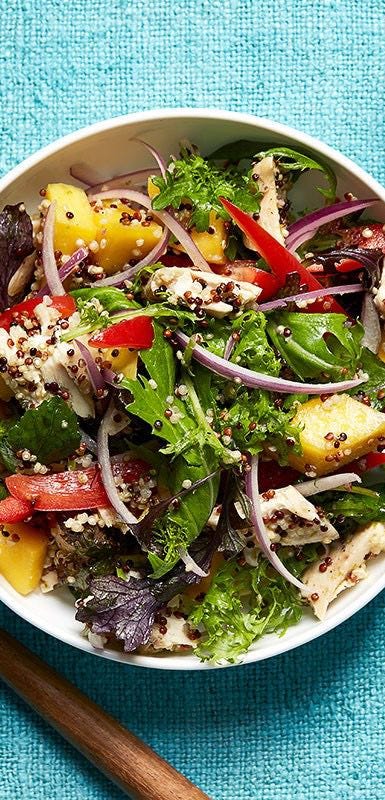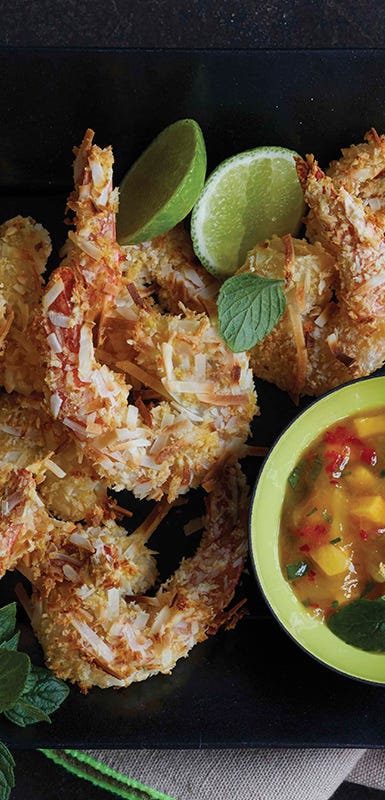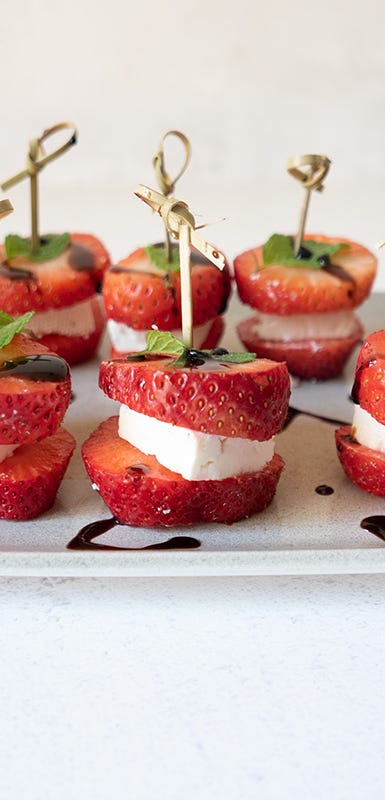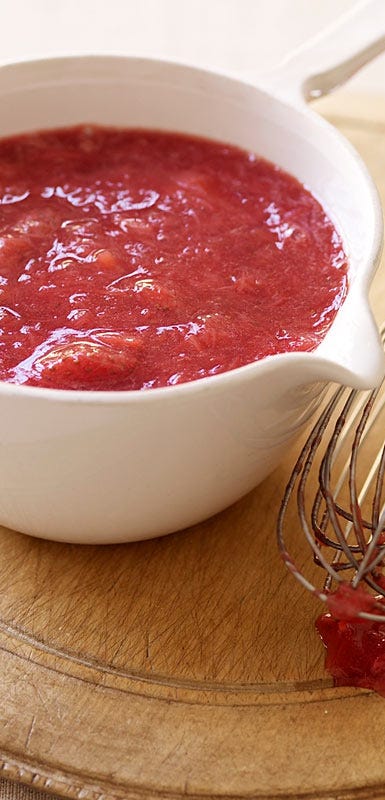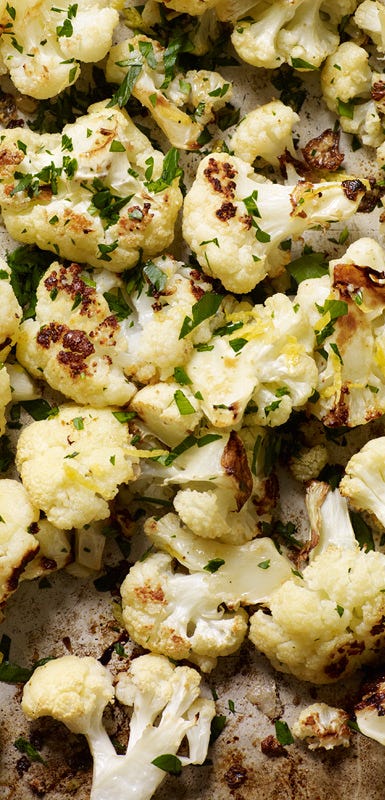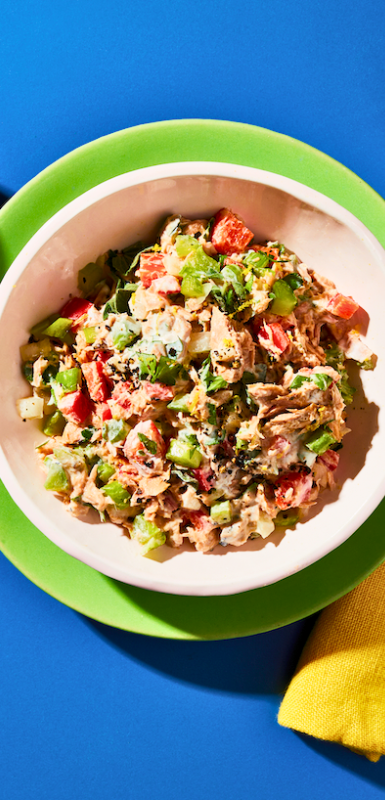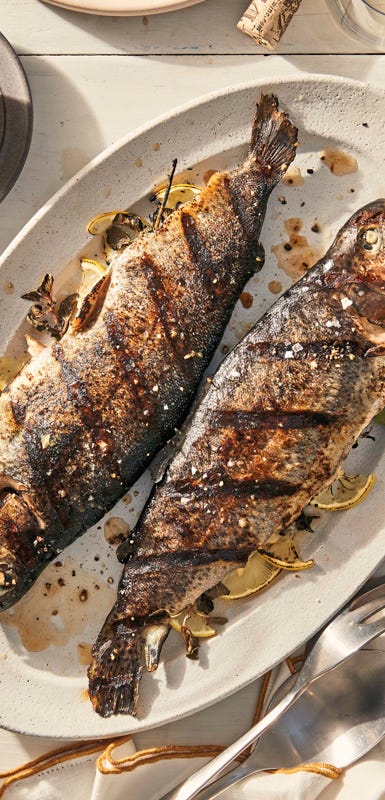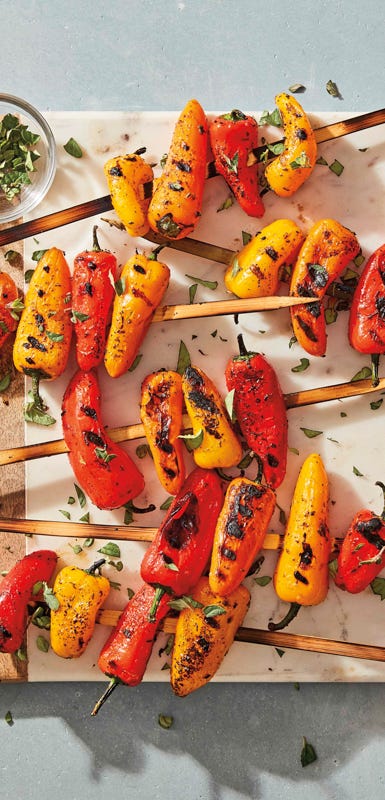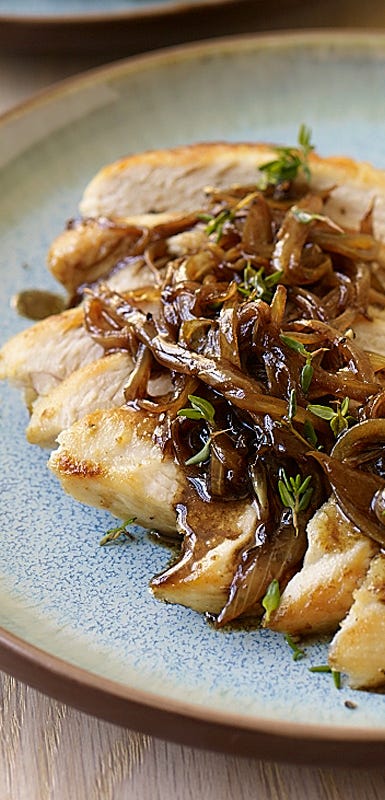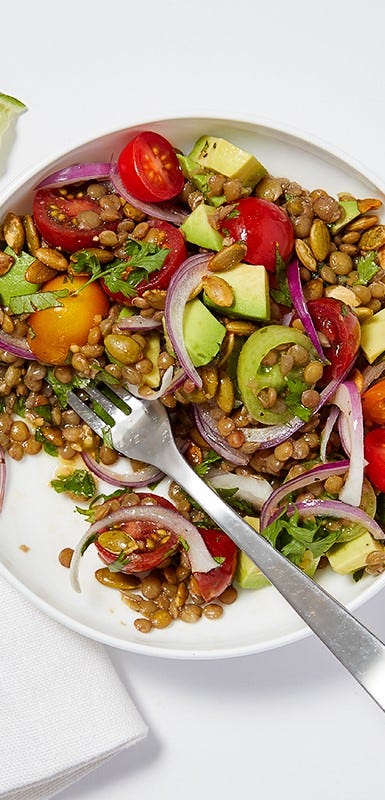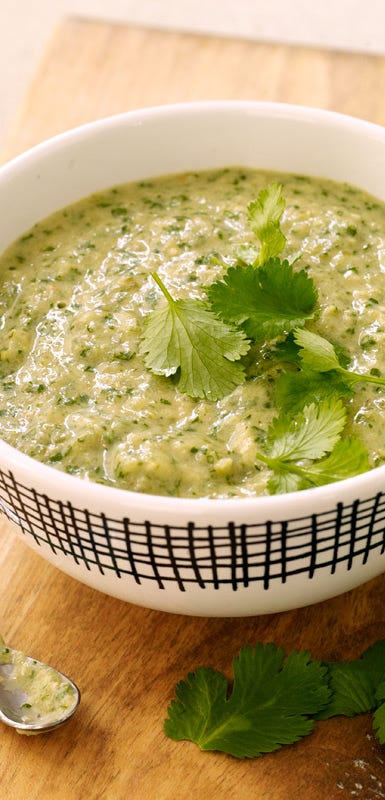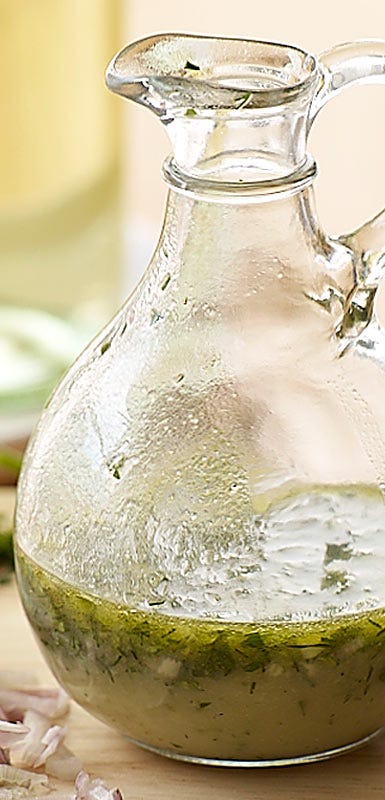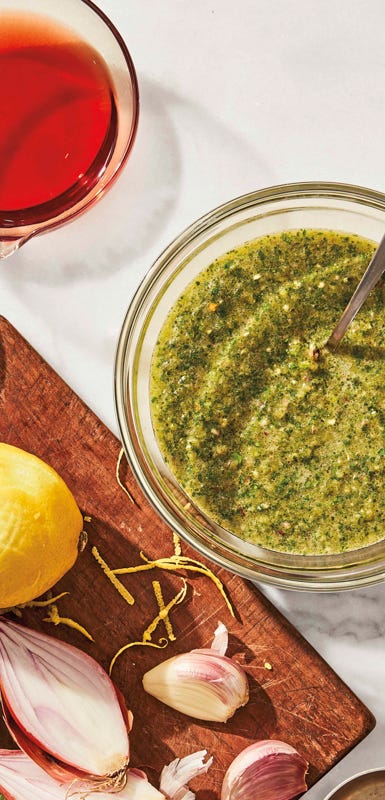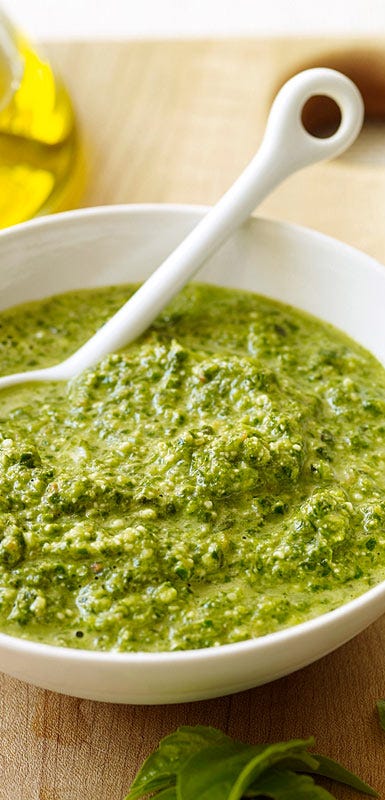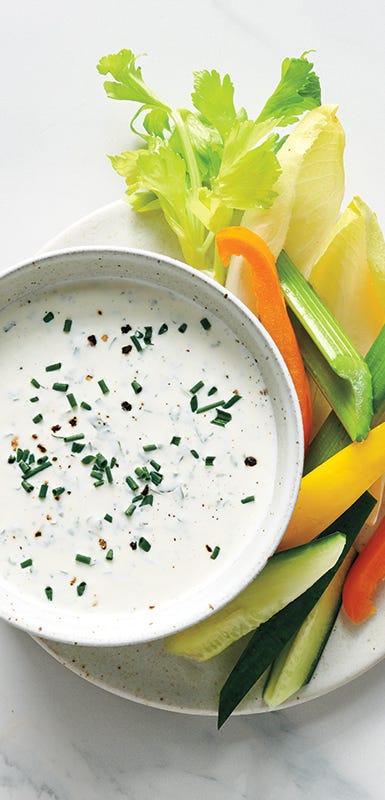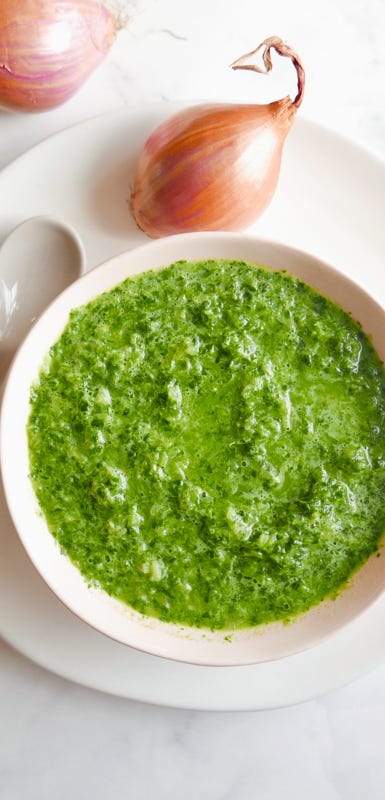18 ways to cook with what’s in season in May
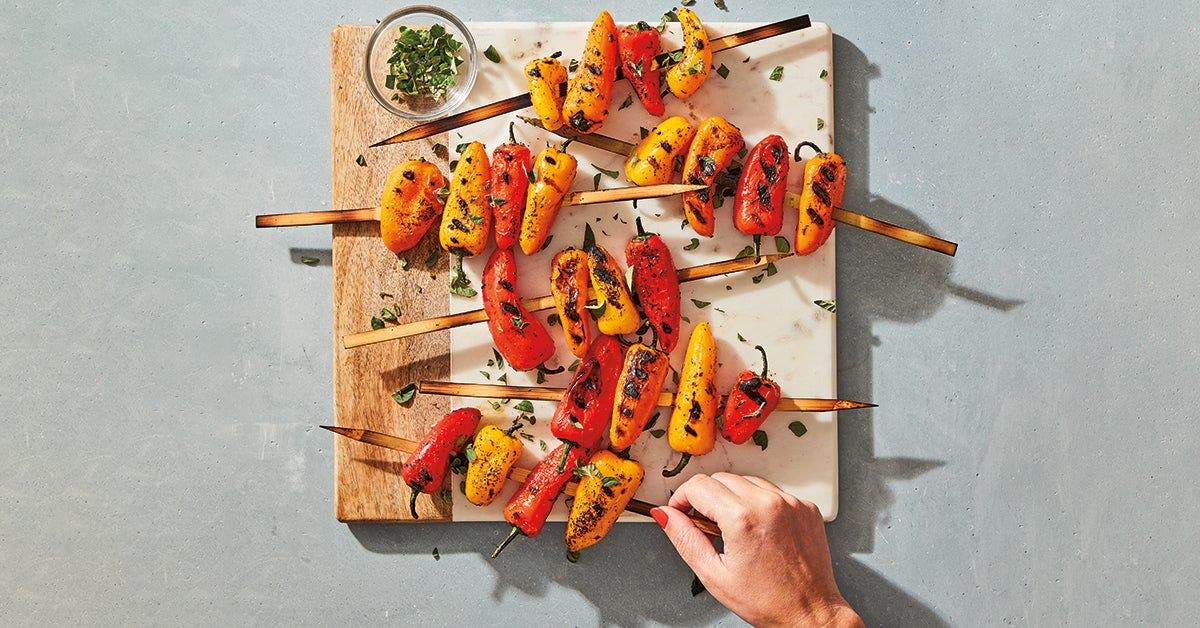

With spring in full swing, the air is ripe with the smell of sweet flowers and fresh grass. So why not bring sweet, fresh flavors into your kitchen with what’s in season in May? Read on to learn how to buy, store, and cook with mangoes, strawberries, and fresh herbs. (And if you want to grow your own herbs instead of buying them, here’s what you need to know.)
Mangoes
Choose mangoes that are fragrant and firm, with a slight give. Avoid any with black spots or wrinkled skin, which indicate fruit that’s past its prime. Ataulfo mangoes are in season from March to July, while other varieties are available year-round. They’re rich in vitamin C and beta-carotene, and are a good source of fiber and vitamins A and B6. And while they’re a fruit, mangoes can absolutely be used in both sweet and savory preparations!
Strawberries
Choose berries that are bright red, shiny, and plump, avoiding any with soft spots, mold, or white shoulders. Strawberries are highly perishable, so refrigerate unwashed berries and eat within three to five days. To freeze the season’s best berries, wash and hull them, then place them on a plate or jelly-roll pan to dry. Put the plate or pan in the freezer, and when berries are frozen, transfer them to a sealed container or freezer bag and store for up to two months. Packed with antioxidants, strawberries are also an excellent source of vitamin C.
Fresh herbs
Choose herbs with crisp, bright-green leaves and stems. If they’re not in a sealed package, rub a leaf between your (clean) fingers, then sniff to be sure that the fresh fragrance is appealing and intense. Wash herbs as you would tender salad greens: swish them briefly in a bowl of water. You can dry them in a salad spinner, or pat small bunches dry with a towel. Separate the stems from the leaves and chop the herbs shortly before using them. Though there are many herbs to choose from, here are three you'll likely cook with often:
Parsley may be the most familiar herb. Choose flat-leaf (aka Italian) parsley over curly for flavor and ease of use. Its zesty taste and deep-green color do wonders for salads.
Oregano is essential to Italian cuisine, and stars in many Greek and Mexican dishes. This natural partner for garlic (as in Italian tomato sauces and pizza) also pairs well with lemon. Use a light hand, or your dish may taste medicinal rather than savory.
Cilantro plays a major role in Mexican cooking, which has popularized this herb in the U.S. Its leaves resemble flat-leaf parsley, but a quick sniff will tell you which is which. Some people have an inborn aversion to cilantro and say it tastes like soap!

